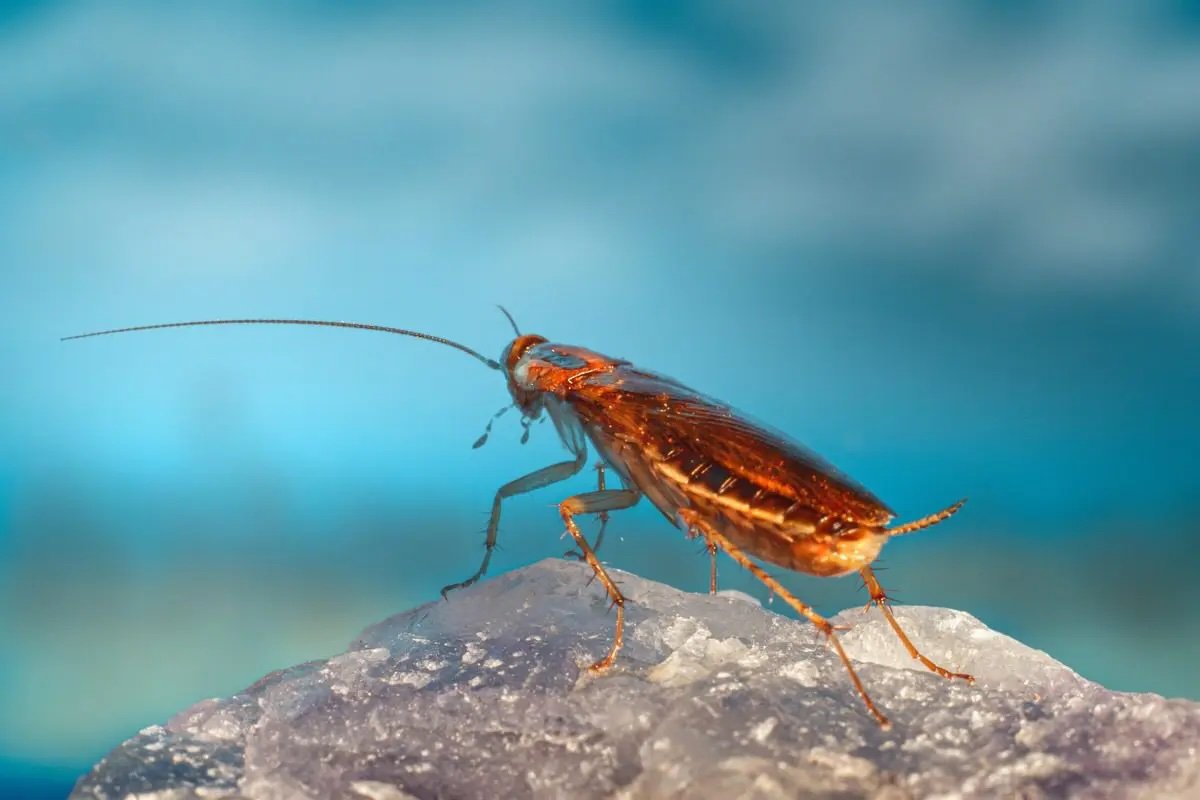
The UNWANTED GUEST! American Cockroaches: Water Bugs or Palmetto Bugs
American cockroaches, commonly known as water bugs or palmetto bugs, are hardy pests that frequently infiltrate homes throughout the United States. Understanding their habits and preferences is crucial for effective pest management. Let's explore where these cockroaches live, what they eat, and the reasons why they might be making an appearance in your home.
Habitat:
Thriving in warm, humid environments, American cockroaches prefer dark and damp spaces. Sewers, drains, and decaying organic matter are their favored outdoor habitats. They can be found in mulch, leaf piles, unclean gutters, and around building foundations. Thanks to their strong flying ability, American cockroaches can easily move between outdoor and indoor spaces.
Diet:
As adaptable scavengers, American cockroaches consume a variety of organic matter, including food scraps, decaying plants, and smaller insects. This diverse diet contributes to their ability to survive in various environments.
Why They Come Indoors:
American cockroaches invade homes in search of food and water. They are attracted to crumbs, food spills, and open containers, making kitchens and bathrooms prime locations. Leaky pipes and standing water also act as magnets for these pests, drawing them indoors.
Known by various names such as water bugs or palmetto bugs, these pests are more than just colloquial terms. While they may not build nests, American cockroaches are drawn inside by the promise of sustenance and shelter. Prevention remains crucial: clean up food debris regularly, fix leaks promptly, and store food securely. Seal cracks and gaps in your home's foundation to limit access points.
In conclusion, whether you call them water bugs, palmetto bugs, or American cockroaches, these pests share a common adaptability. By adopting proactive measures, you can minimize the chances of these uninvited guests taking up residence in your home.
